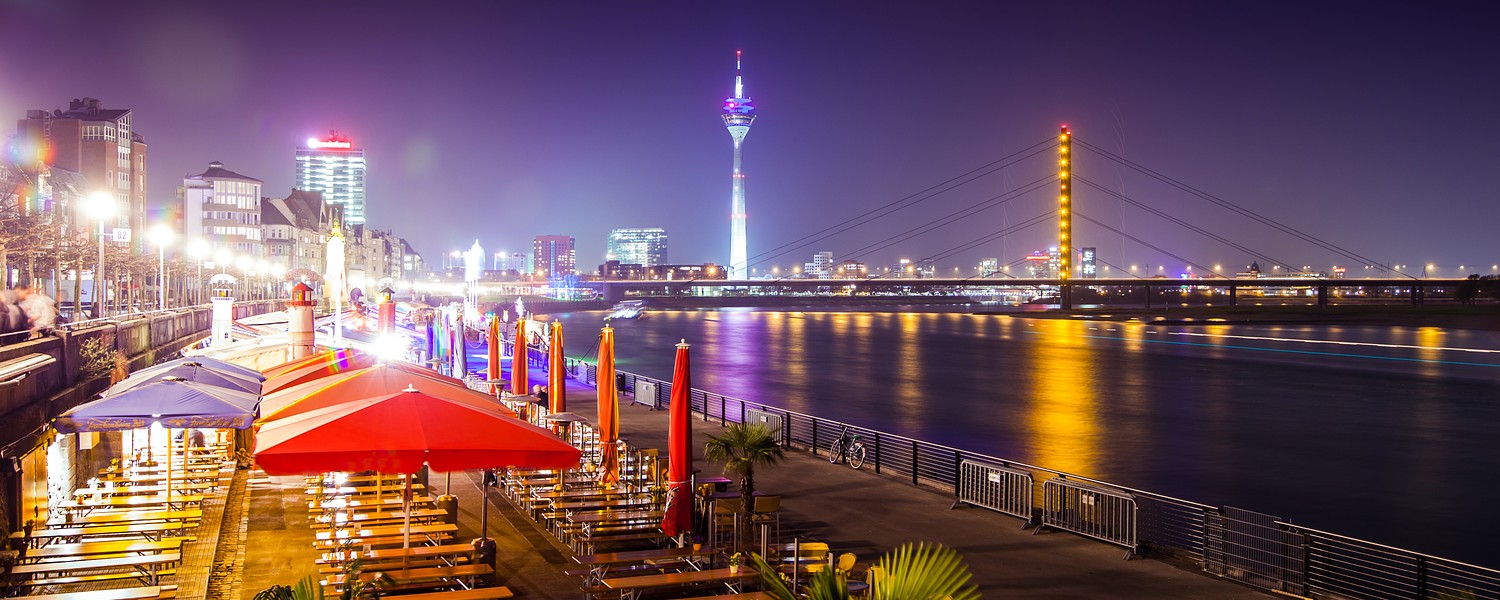
Königsallee
Düsseldorf’s Königsallee is one of a small group of internationally famous streets that may justifiably call themselves boulevards. Affectionately called the “Kö” by Düsseldorf’s residents, it is the primary shopping street in Düsseldorf, and as its nucleus connects the city centre to provide a continuous shopping experience running from the Altstadt (Old Town) through to the Kö and all the way to Schadowstraße. Come along, see and be seen – and do some truly stylish shopping as well.
Read more


























